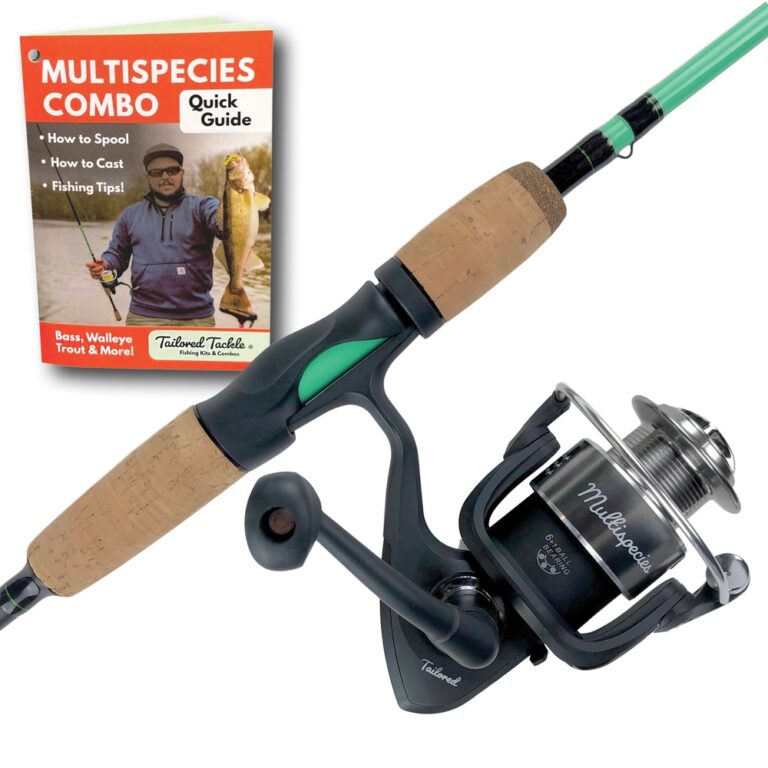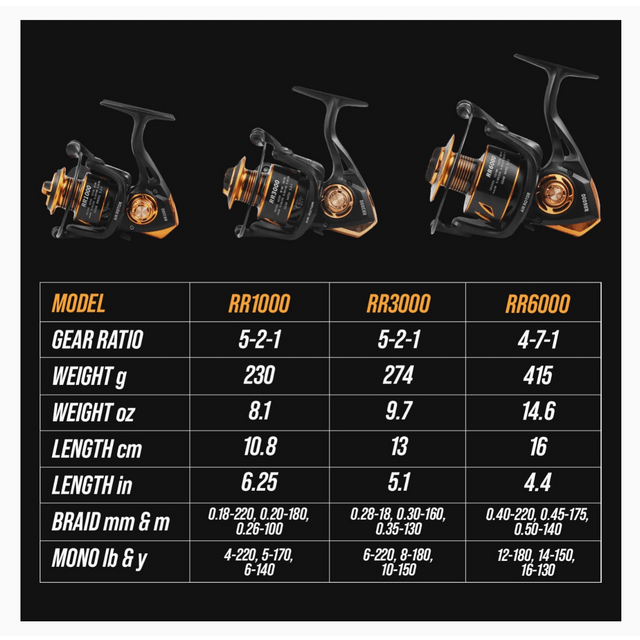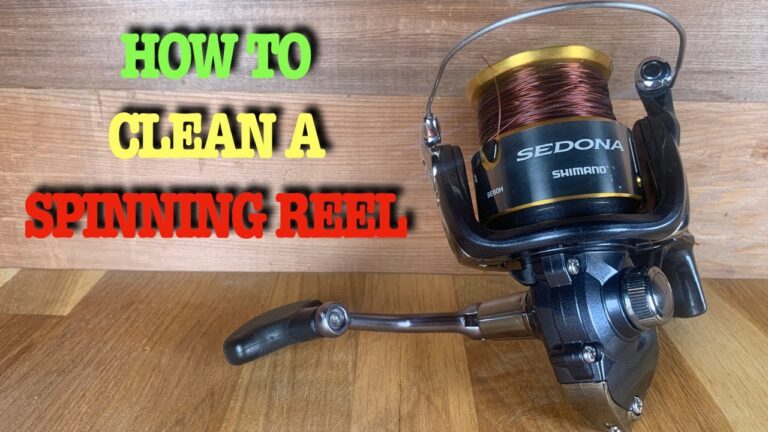How to Set Drag on a Spinning Reel
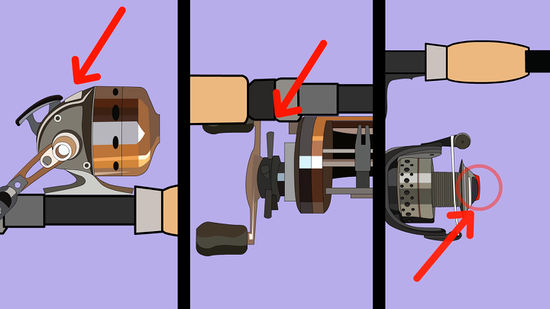
To set the drag on a spinning reel, turn the drag knob clockwise to increase resistance, or counter-clockwise to decrease it. Ensure the drag is set just heavy enough to tire a fighting fish without breaking the line.
Setting the drag correctly on a spinning reel is a critical step for anglers aiming for a successful catch. A well-adjusted drag system prevents the line from snapping under the strain of a hooked fish while also aiding in the fish’s exhaustion, making it easier to reel in.
This simple adjustment can be the difference between a trophy catch and a fishing tale about “the one that got away. ” By mastering the tension of the drag, you enhance both the performance of your spinning reel and the overall fishing experience. Whether you’re targeting small panfish or going after larger species, knowing how to fine-tune your spinning reel’s drag is an essential skill for beginners and seasoned anglers alike.
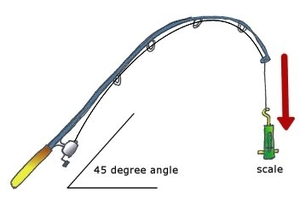
Credit: www.globalfishingtackle.com
The Importance Of Correct Drag Settings
Setting the correct drag on a spinning reel is crucial. Too tight, and the line may snap, ending the fun instantly. A well-adjusted drag allows the fish to tire out without breaking free. Think of the drag system as a safety valve. It controls the amount of resistance the fish feels when pulling on the line.
To protect your line, consider each fish’s power. Match that to your line and reel capabilities. This ensures a fair challenge during the catch. Adjust the drag before your first cast. Turn the dial until it feels right. Test by pulling on the line. A smooth, steady pull means the drag is set well.
Understanding Spinning Reel Drag Systems
The drag mechanism on a spinning reel serves a crucial purpose. It allows the line to yield under the tension of a fighting fish. This feature prevents the line from breaking. A reel may have either a front drag or a rear drag system. The front drag, often more durable and smooth, sits atop the reel. It offers more stability and power. The rear drag is located at the back of the reel, offering easy adjustments while battling fish.
| Drag System Type | Location on Reel | Main Benefits |
|---|---|---|
| Front Drag | Top of Spinning Reel | Increased Durability, Smoother Performance |
| Rear Drag | Back of Spinning Reel | Ease of Use, Quick Adjustments |
Step-by-step Guide To Setting Your Drag
Knowing your targeted fish weight is key to setting drag. A good rule: set the drag at one-third the fish’s weight. Get a scale for accurate estimates.
Adjust your drag before you cast. Tighten the knob until it feels firm. Then, pull your line; if it releases with a bit of a tug, it’s set right. Too loose or too tight? Adjust again.
Once the fish bites, fine-tune your drag. Feel it pull? It might be time to loosen the drag. Always keep it smooth to prevent line breaks or hook loss. Remember, patience wins the prize!
Testing Drag Settings For Optimal Performance
Testing drag settings is vital for spinning reel performance. A precise way to adjust drag involves using a scale. Attach the scale hook to your line just above the reel. Pull on the scale slowly until the line begins to dispense. Note the weight displayed at this point. This reading indicates the current drag setting. Ensure this weight matches one-third of the line’s breaking strength for optimal performance.
The pull test is simpler. You need a partner for this. Have them hold the rod. Gently pull on the line. The line should pull out smoothly without breaking. Adjust the drag knob until achieving a smooth pull. This method ensures the reel can handle a strong fish without the line snapping. Practice the pull test before fishing trips for the best results.
Common Mistakes To Avoid
Setting the drag on a spinning reel requires precision. A common error anglers make is over-tightening the drag, leading to unwanted line breaks. This happens because too much tension can weaken the line, especially when a big fish strikes. To avoid this, adjust your drag to a level that’s strong enough to handle a fish, yet gentle enough on the line. Think of the drag as a safety valve, not a lock.
Many overlook the importance of regular drag maintenance. Without proper care, the drag system can deteriorate, causing uneven pressure and reduced performance. It’s essential to clean and lubricate the drag system as part of your routine reel maintenance. This ensures a smooth drag and increased longevity of your fishing line and reel.
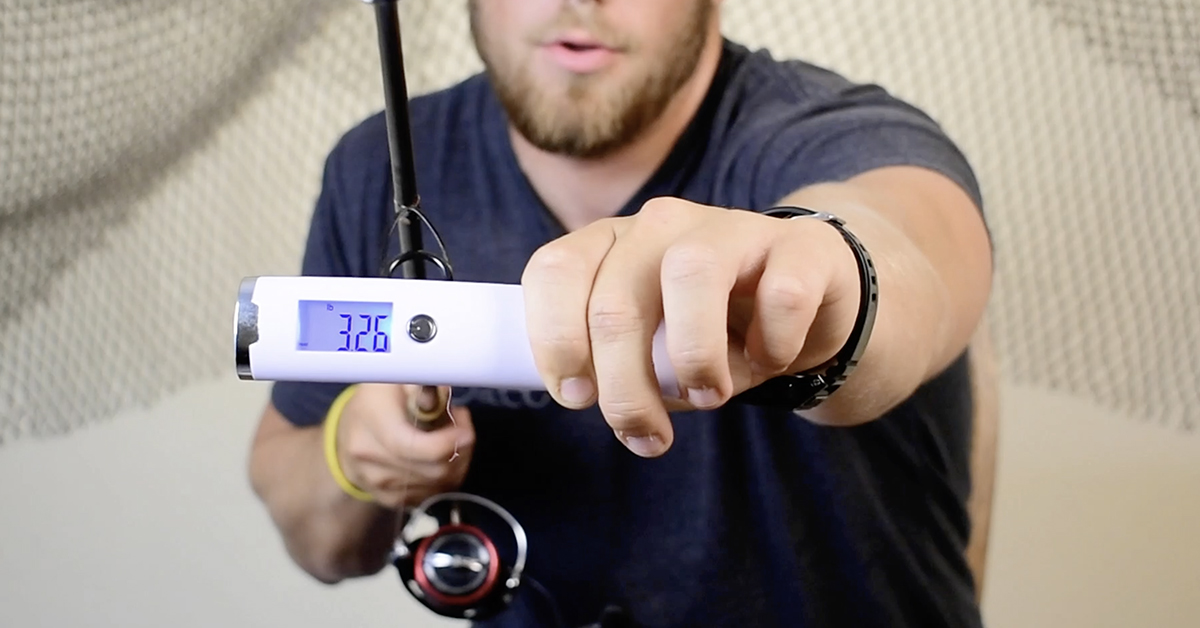
Credit: www.saltstrong.com
Advanced Tips For Experienced Anglers
Experienced anglers know matching drag to fishing conditions is key. Adjust your reel’s drag before each trip. Weather shifts and water currents’ variation demand attention. Notice how fish behave and adapt. A lighter drag setting suits calm waters with less-active fish. Yet, stronger drag is vital in choppy conditions with aggressive fish.
Customizing drag for specific fish behaviors enhances success. Quick fish need a swift drag response. Tighten it up for fast-swimming species. Delicate finesse is needed for shy fish. Loosen the drag to prevent line breaks. Your reel’s tension should give slightly as these fish strike.
Credit: www.takemefishing.org
Frequently Asked Questions Of How To Set Drag On A Spinning Reel
How Tight Should Drag Be On Spinning Reel?
Set the drag on a spinning reel to one-third of the line’s breaking strength, ensuring it’s tight enough to handle fish without breaking the line. Use a scale for accuracy, and adjust regularly based on your fishing conditions.
How Do You Set A Reel Drag?
Start by pulling on the line above the reel. Tighten the drag knob until you feel moderate resistance. Test the tension by ensuring the line can be pulled out with a firm tug. Adjust accordingly for the fish size and strength.
How Much Drag Should I Set On Reel?
Set your reel’s drag to one-third of the line strength for optimal performance. For example, use 10 pounds of drag for a 30-pound test line. Always check the manufacturer’s guidelines to ensure correct settings.
What Is The Best Scale To Set Drag On A Fishing Reel?
The ideal drag setting on a fishing reel is typically one-third of the breaking strength of the line. Adjust it according to your line’s weight and the fish you’re targeting.
Conclusion
Perfecting the art of setting drag on a spinning reel is essential for any angler. Short, deliberate adjustments can make all the difference between a triumphant catch and a disappointing loss. Remember, regular maintenance and on-the-water tweaks will ensure your equipment is ready for that next big battle.
Tight lines and happy fishing!
